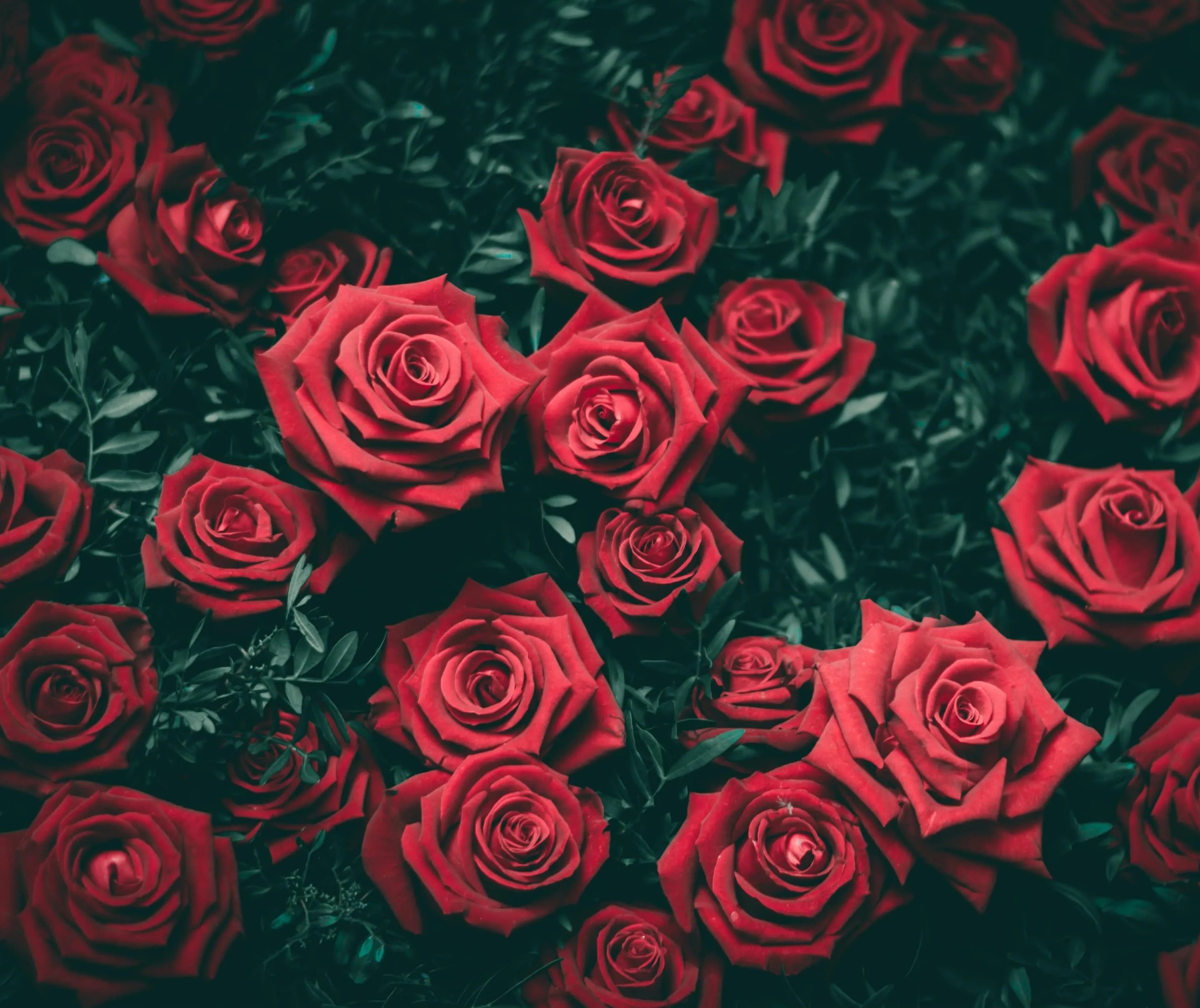



Flower therapy, also known as floral therapy or flower essence therapy, is a form of alternative medicine that uses the healing properties of different flowers and colors to improve one's physical, emotional, and mental health. This article will explore the different types of flowers and colors used in flower therapy, their healing properties, and how they can be used to promote well-being.
Flower therapy has been used for centuries to treat various ailments and improve one's overall health and well-being. The use of flowers in this way is based on the belief that each flower has a unique vibrational energy that can affect a person's energy field and promote healing. This is similar to how aromatherapy uses the scents of essential oils to promote physical and emotional healing.

Red flowers, such as roses, carnations, and poppies, are associated with love, passion, and courage. They are said to stimulate the root chakra and promote feelings of stability, strength, and vitality. Red flowers can be used to treat conditions such as anemia, low blood pressure, and poor circulation.



Orange flowers, such as marigolds and chrysanthemums, are associated with creativity, joy, and abundance. They are said to stimulate the sacral chakra and promote feelings of pleasure, sensuality, and enthusiasm. Orange flowers can be used to treat conditions such as depression, anxiety, and low libido.



Yellow flowers, such as daisies, sunflowers, and roses, are associated with happiness, optimism, and clarity. They are said to stimulate the solar plexus chakra and promote feelings of confidence, self-esteem, and personal power. Yellow flowers can be used to treat conditions such as digestive problems, liver disorders, and skin conditions



Green flowers, such as lilies, orchids, and ferns, are associated with growth, balance, and harmony. They are said to stimulate the heart chakra and promote feelings of love, compassion, and peace. Green flowers can be used to treat conditions such as high blood pressure, heart disease, and respiratory problems.



Blue flowers, such as forget-me-nots, irises, and hydrangeas, are associated with calmness, serenity, and communication. They are said to stimulate the throat chakra and promote feelings of clarity, honesty, and self-expression. Blue flowers can be used to treat conditions such as anxiety, insomnia, and throat problems.



Purple flowers, such as lavender, violets, and irises, are associated with spirituality, intuition, and wisdom. They are said to stimulate the third eye chakra and promote feelings of inner peace, insight, and inspiration. Purple flowers can be used to treat conditions such as migraines, insomnia, and anxiety.



White flowers, such as lilies, daisies, and roses, are associated with purity, innocence, and peace. They are said to stimulate the crown chakra and promote feelings of spiritual connection, enlightenment, and transcendence. White flowers can be used to treat conditions such as depression, anxiety, and stress.




home or office, wear a flower in your hair or on your clothing, or even use floral scents in your home or personal care products.
Meditation and visualization can also be used in conjunction with flower therapy. You can meditate while holding a flower or visualize its healing properties during your meditation practice.
It is important to note that while flower therapy can be a powerful tool for promoting healing and well-being, it should not be used as a replacement for traditional medical treatment. It is always important to consult with a healthcare professional before using flower therapy or any other form of alternative medicine.
home or office, wear a flower in your hair or on your clothing, or even use floral scents in your home or personal care products.Meditation and visualization can also be used in conjunction with flower therapy. You can meditate while holding a flower or visualize its healing properties during your meditation practice.
It is important to note that while flower therapy can be a powerful tool for promoting healing and well-being, it should not be used as a replacement for traditional medical treatment. It is always important to consult with a healthcare professional before using flower therapy or any other form of alternative medicine
